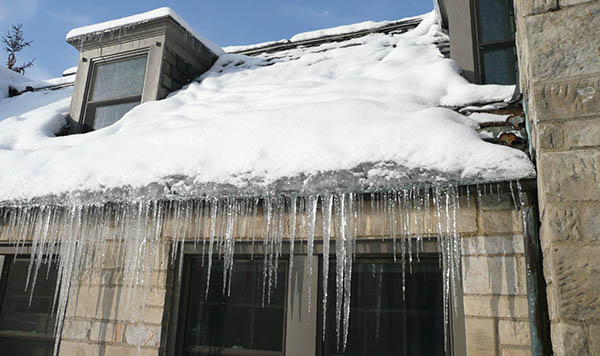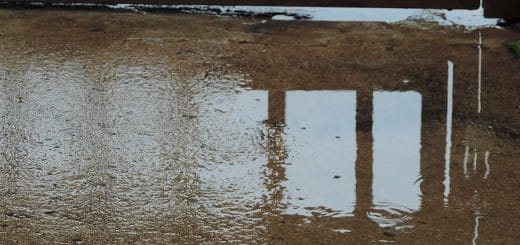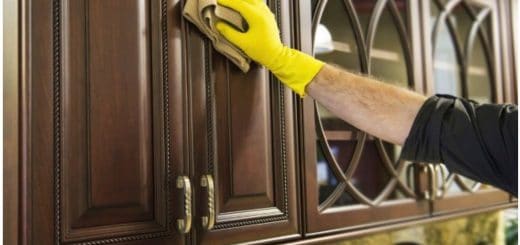How to Stop a Water Leak
When water silently drips, powerfully gushes forth, or even unnoticeably leaks from plumbing fixtures inside the home, the result is a soggy, expensive mess. Water leaks are responsible for 2,000 to 20,000 gallons of water waste annually. Experts even conclude one trillion gallons of water are wasted per year when leaks go undetected.
Cost of Leaking Pipes

Check out how to stop water leaks from the following sources.
The monetary value of water leaks is steep. Soundless trickles of water cost homeowners on average $6 billion each year. Catastrophic leaks, such as a burst toilet line or frozen pipe burst, cost homeowners $8,000 in damages annually. Homeowners who experience regular bouts of water leaks in their homes can expect to shell out $100,000 in damages.
Not only do water leaks financially impact homeowners heavily, but extensive water damage requires the family to vacate the home while water damage restoration experts tackle the ruin.
Given the inconvenience, massive water wastage, and dire financial consequences of water leaks, homeowners are urged to understand how to stop a water leak.
Leaky Appliances
The first step in handling a plumbing leak is to recognize when and where it may happen. Leaky toilets are common and can trickle water to the tune of 90 gallons per day. Expect a hefty water bill for every month the leaky toilet goes unaddressed.
Hot water tanks are prone to leaks, especially if the tank is corroded. Leaks from hot water tanks can be incredibly dangerous, given that scalding water may be released.
Appliances, such as dishwashers, washing machines and kitchen or bathroom faucets also commonly leak water.
Burst pipes occur in subfreezing temperatures, and the water damage can destroy the contents of the room within minutes.
How to Find a Water Leak
Leaks oftentimes go unnoticed—until you read the water meter.
To find a water leaking inside the home, follow these steps:
- Shut off the main water valve.
- While no water is in use inside the home, record the water meter read.
- Wait 15 minutes and recheck the meter.
- A major leak will drive the water meter to record water use during that time, even though water is not intentionally in use.
This simple water meter test only verifies the presence of large leaks in the water supply existing inside the home. The test will neither pinpoint the location of the leak nor the existence of minor leaks, however.
All of the following below explains how to stop water leaks from various sources:
How to Stop Shower Tile Leaks
Tiled shower walls that show deterioration can fall off or rot inside. Water leaks through the worn grout and caulk and causes water damage behind the wall. Loose tiles and mold growth are evidence of a shower leak.
The first step in fixing the tub or shower water leak is to remove the pre-existing grout, caulk, and any loosely hanging tiles. Reattach the tiles with new grout and caulk if the wall surface behind the tiles is sturdy. A spongy wall requires the installation of a new fiberglass surround.
How to Stop Toilet Leaks
Toilet flange problems cause water to leak with every flush. As a result, the ceiling below the toilet will stain, and subflooring and floors will rot or undergo damage.
You can identify a leak toilet in any of several ways. A stained ceiling directly underneath the toilet indicates a toilet leak. Flooring that is loose or damaged and water seepage at the base of the toilet fixture signals a water leak.
The best method to fix a toilet leak is to affix a new wax ring and reinstall the toilet. Issues with the flange can be solved by installing a plastic flange over the current flange if it is too low. You can also add a metal repair flange if the existing flange is broken or bolt slots are damaged.
How to Stop Sink Rim Leaks
Water that leaks from the sink will ultimately damage the countertops and cabinetry beneath it. Signs of a water leak include a faucet with a loose base, puddles or water stains within the cabinetry or even worn caulk around the sink area.
A simple tightening of the faucet base will stop the water leak. Be sure to turn the mounting nuts underneath. Old caulk that rims the sink can be removed to make ample room for re-caulking the sink.
How to Stop a Burst Pipe
Keep on hand a pipe repair clamp, especially if your home is located in a colder climate. Replacing the broken pipe is the ideal, long-term solution. However, applying a pipe repair clamp to the leak in the pipe offers an immediate, temporary fix.
Stop Water Heater Leaks
Experts recommend maintaining the water heater regularly to prevent a massive leak. The anode rod should be replaced often to avoid an unanticipated surge of water.
Fortunately, water leaks in residential settings are often covered by insurance, provided the leak is sudden and unexpected. Homeowner insurance policies generally do not cover leaks that trickle water undetected over the course of months or years; older policies, however, might offer coverage for long-term water leaks, if you had no way of knowing about them.
Water Damage Restoration
Minor as some water leaks may appear, leaks can transform into major problems quickly, leading to extensive water damage within your home. When catastrophe strikes, contact the area’s most dependable water damage restoration service, RestorationMaster. Immediate action is critical, since water damage can spread, destroying other areas of your home. Mold growth, too, grows in water damaged areas within as little as 24 hours.
What Happens During Service
Skilled technicians from RestorationMaster will arrive onsite swiftly to contain the water damage. The specialists will pinpoint and remove the source of the water leak, such as a burst pipe, a faulty toilet fixture or a broken appliance. All areas are thoroughly dried out using advanced water extraction equipment, including powerful dehumidifiers and air movers, as well as cutting-edge techniques. Affected subflooring is completely dried. Since mold growth is a high risk in water damaged areas, the RestorationMaster team eliminates any possibility for mold growth.
The RestorationMaster water damage restoration professionals reliably serve the Chicago, IL community of businesses and residences. The team is available 24 hour a day, 7 days a week, to take emergency calls.












